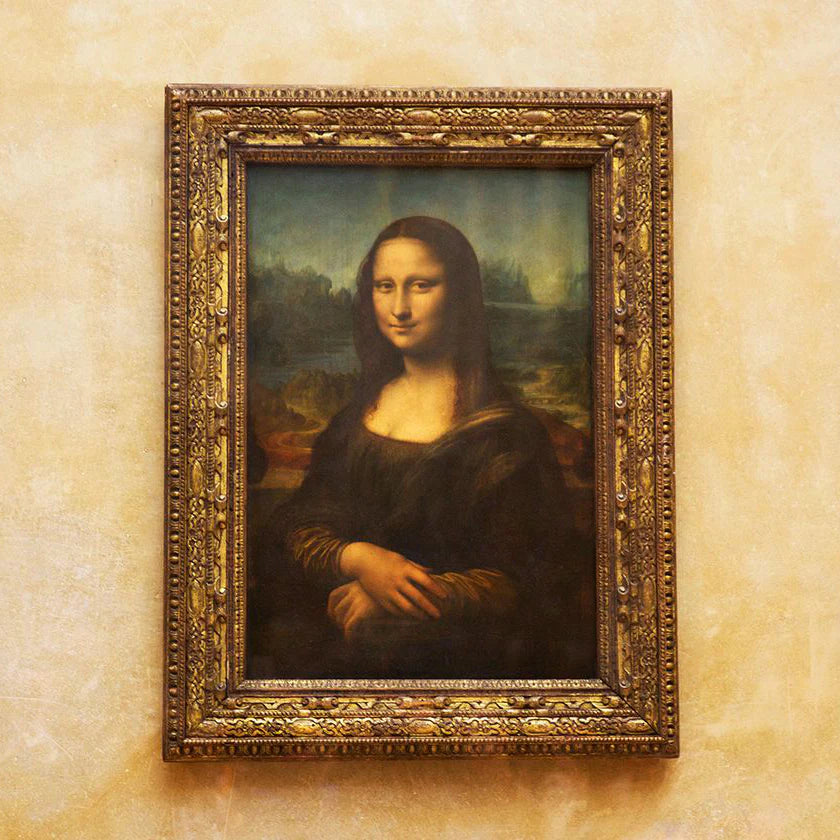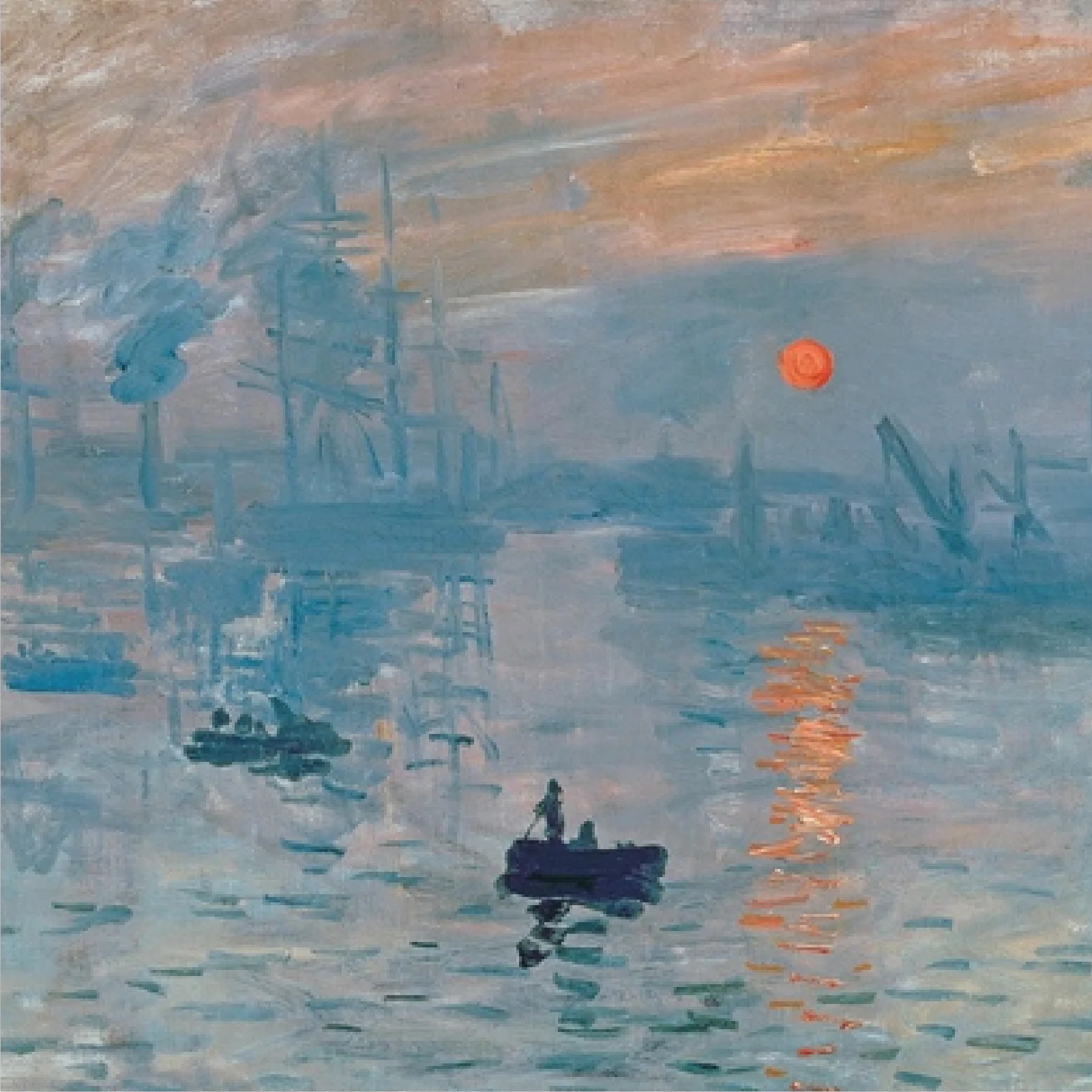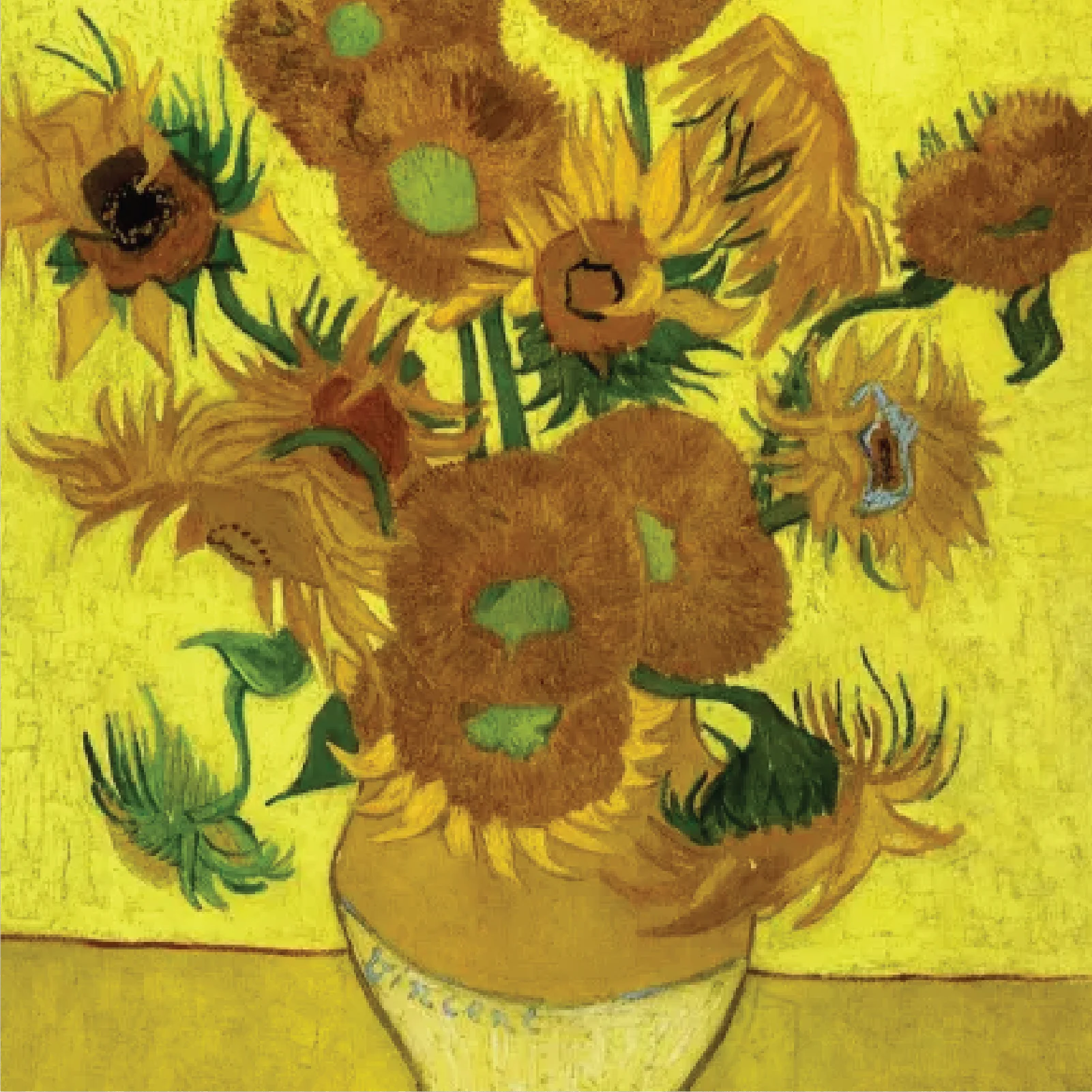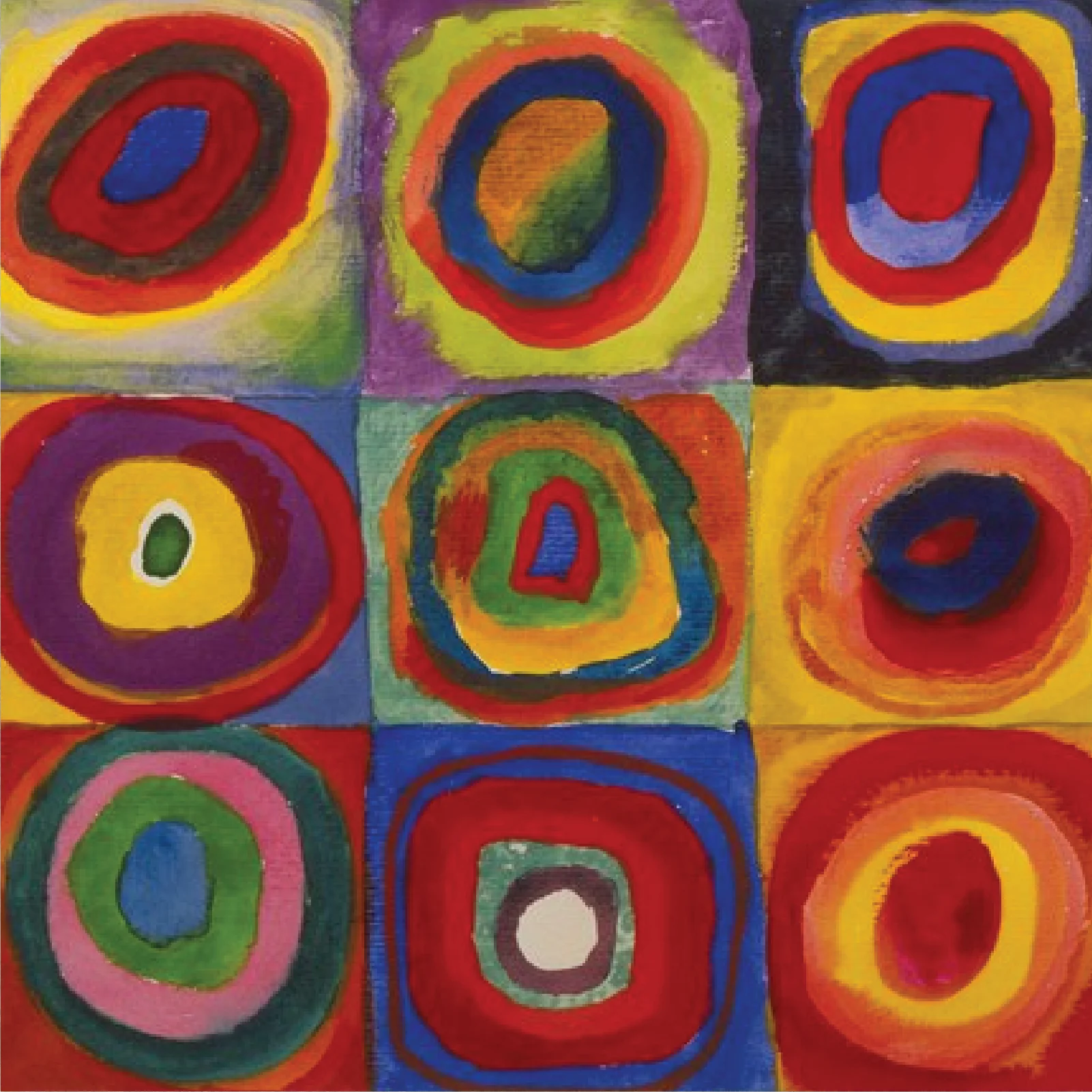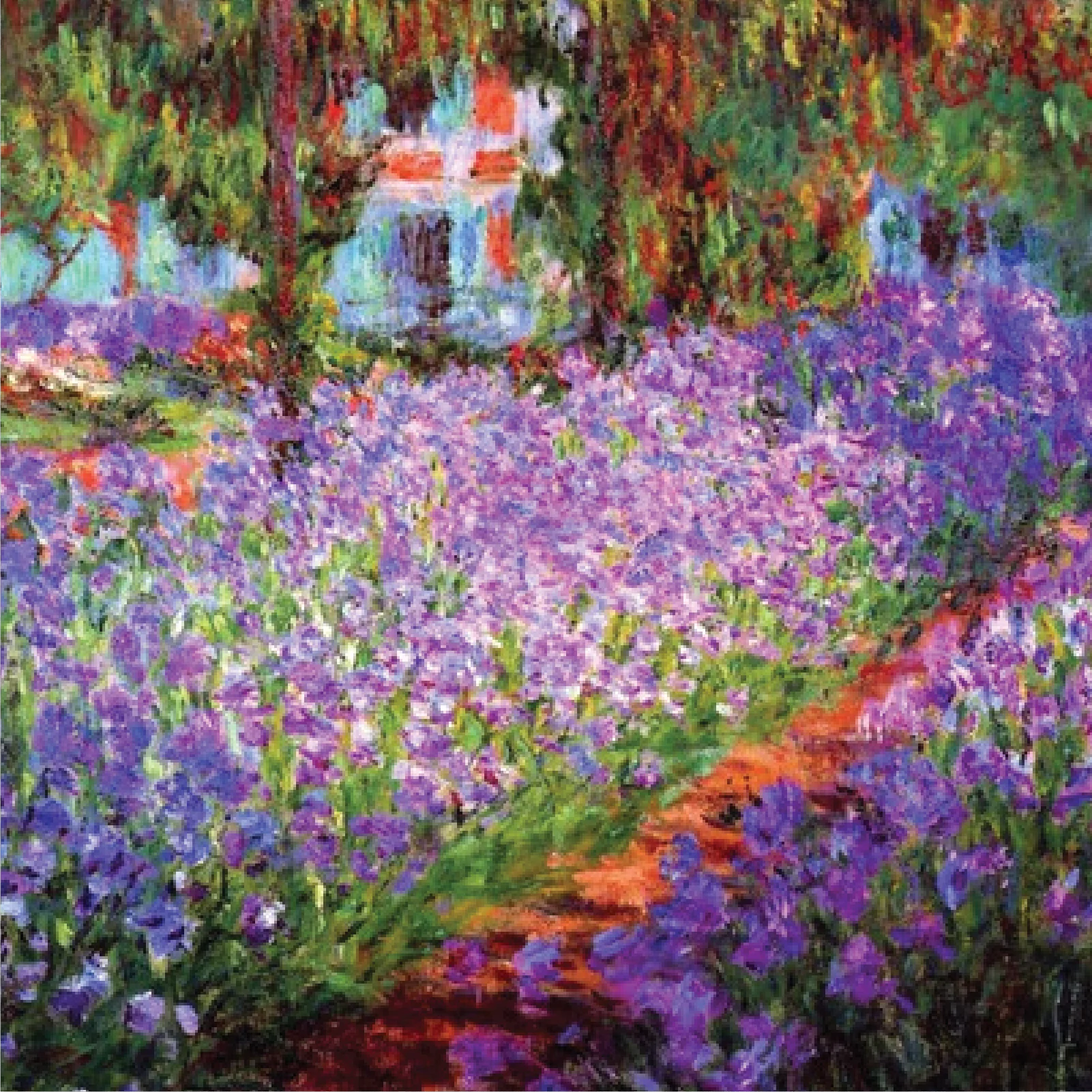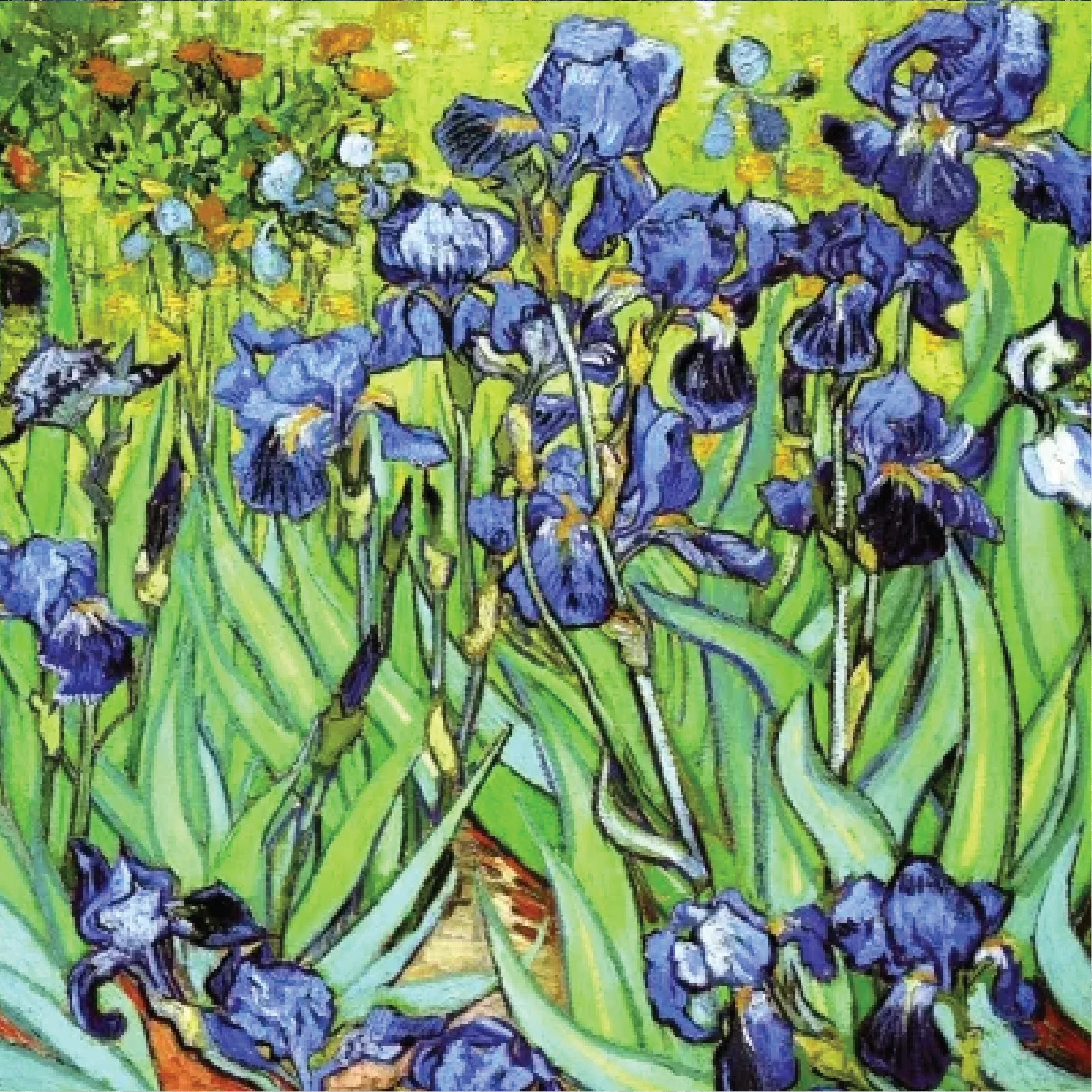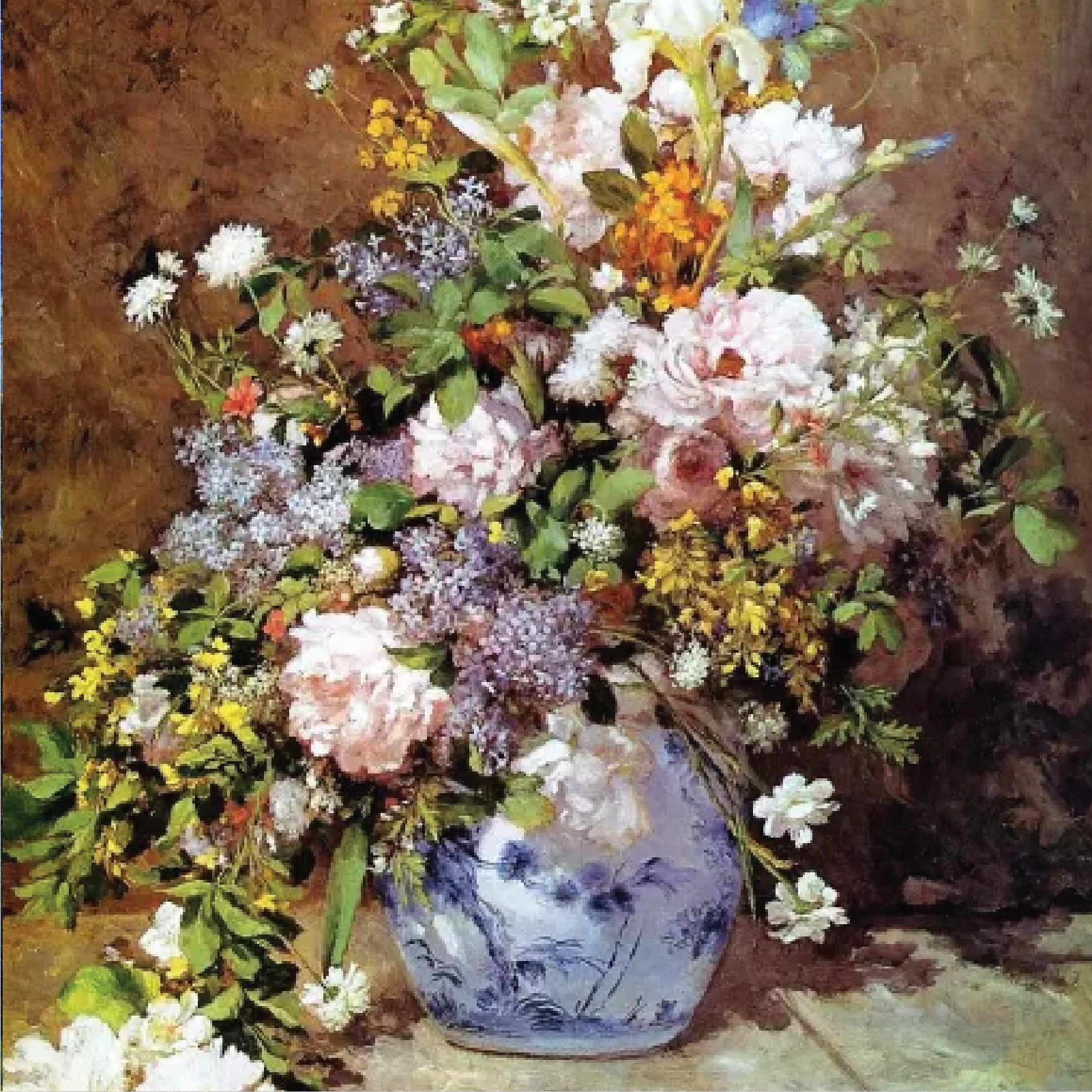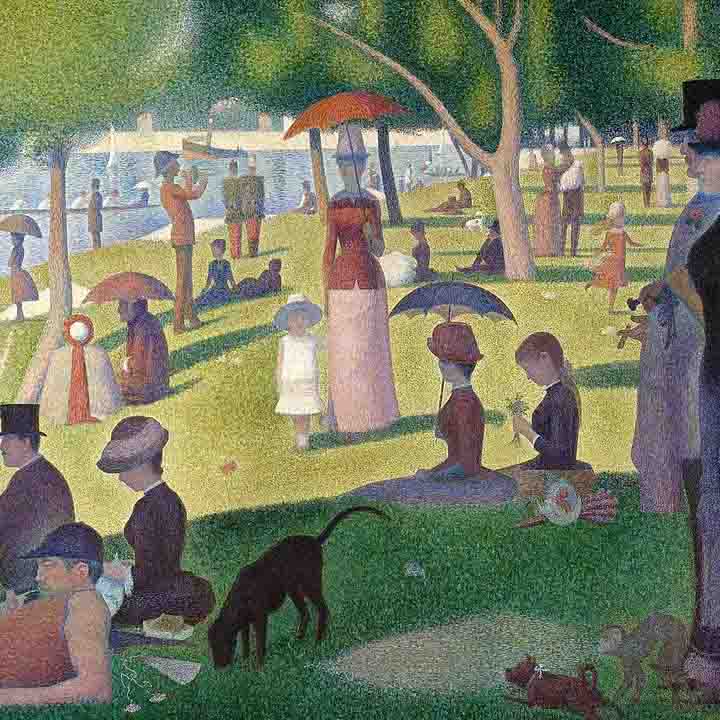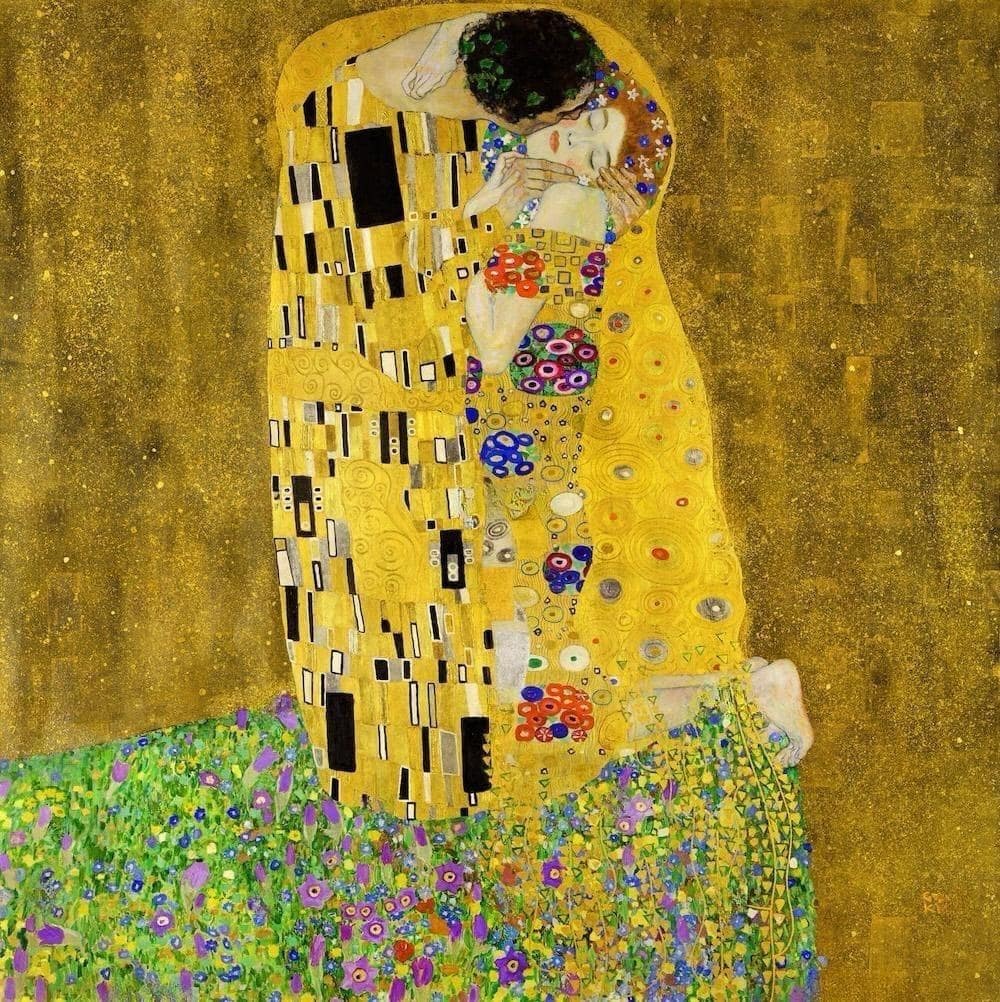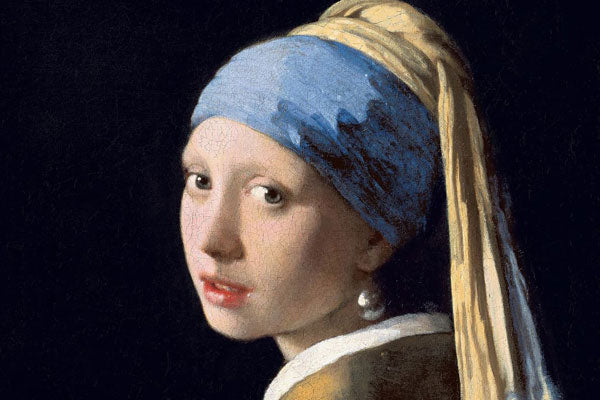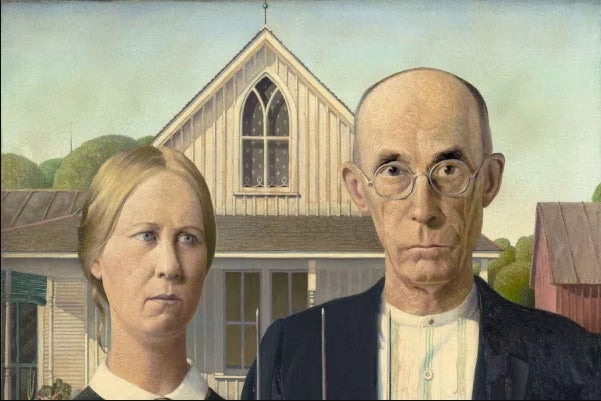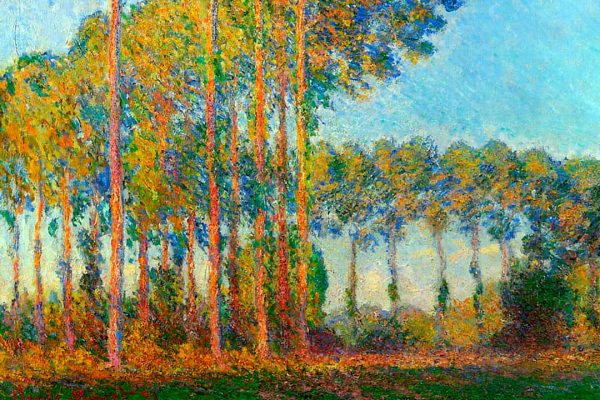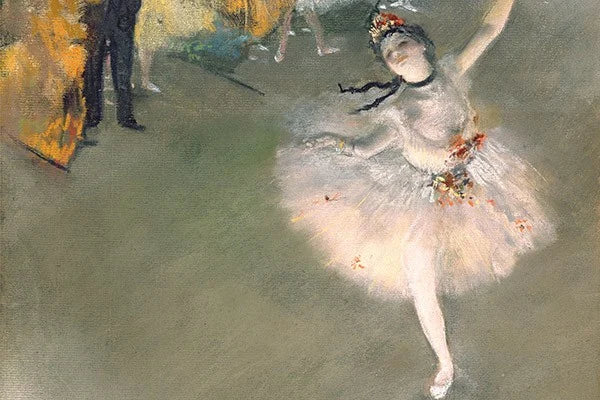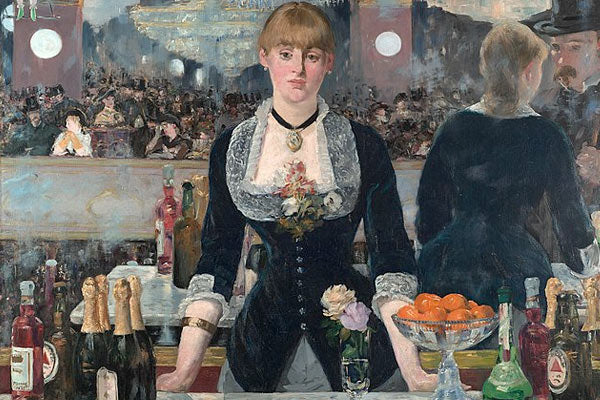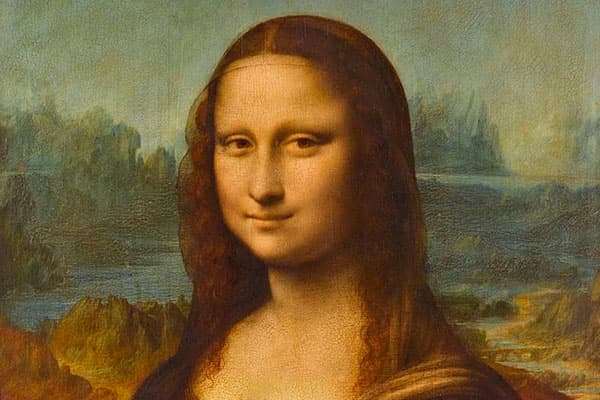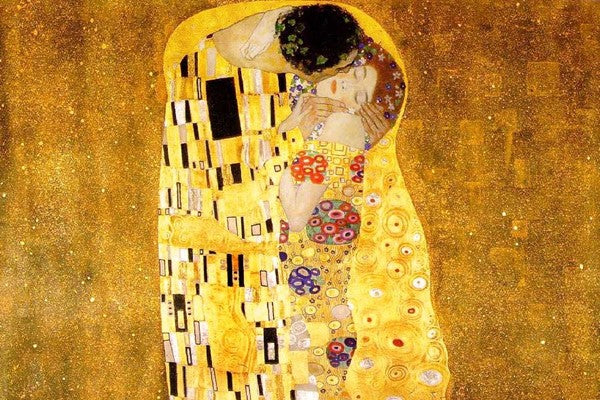Copying art has been a long-standing trend in the art world, with many artists replicating famous artists’ work to develop their art skills. However, there is a slippery slope between taking inspiration and stealing. Is it ever acceptable to copy another artist’s painting? When does imitation cross into copyright infringement? And how can artists recreate works of original art without falling into plagiarism?
This article explores the nuanced debate on copying art, discussing whether it is a form of theft or a way to learn. We will also look at the intellectual property rights of the original artist and when copying becomes a lawsuit-worthy offense.
At ART&See, we specialize in the best oil-painted reproductions of world-renowned works of art. Whether you want a replica of a famous artist’s masterpiece or a piece of art tailored to your preference, we bring artistic excellence to life.
Our highly skilled painters ensure that every print or original painting stays true to the original artwork while maintaining the integrity of the art world.
The Long History of Copying Art

Copying as a Learning Tool for Artists
Many famous painters, including Claude Monet, Pablo Picasso, and great artists of the Renaissance, imitated their predecessors to refine their technique. Art students worldwide have used copying as a way to practice drawing, master colour theory, and understand the techniques of different artists.
The benefits of copying include:
-
Improving art skills by studying the techniques of famous artists
-
Learning how to balance composition and original ideas
-
Understanding the creative process behind an original artwork
Historically, museums even encouraged students to replicate masterpieces as part of their education. Picasso himself said, "Good artists copy, great artists steal." But what does stealing mean in this context?
When Copying Art Becomes Stealing
The Fine Line Between Inspiration and Plagiarism
While copying art for practice is accepted, copying someone else’s work and passing it off as an original work is considered theft. Copyright infringement occurs when an artist copies an original painting without permission, especially if they are making money from it.
Key legal and ethical concerns include:
-
Taking away credit from the original artist
-
Selling an imitation without attribution
-
Blatantly reproducing another artist’s unique style of another
Artists should never copy another person’s painting and claim it as their own. Instead, they should take inspiration and create their own version while adding personal creativity.
Copying Without Permission: The Legal Risks
If an artist copies someone else’s work and works of art are still under copyright, they risk a lawsuit. Legal consequences may include:
-
Fines and penalties for copyright infringement
-
Being sued by the original artist’s estate
-
Damage to their reputation in the art world
For example, if an artist copies a Monet painting and sells it without permission, they are committing copyright infringement. However, if the work is in the public domain, they are free to recreate and work publicly with it.
Public Domain and When It’s Legal to Copy Art

What Is Public Domain?
An original artist’s work enters the public domain when copyright doesn’t apply anymore—typically 70 years after the artist’s death. You can see this painting “The Sleeping Gypsy by Henri Rousseau”. This means:
-
Anyone wants to replicate it can do so legally.
-
Museums and collectors can create official prints and copies.
-
Artists can use it to imitate or develop their own creative work.
For example, Claude Monet’s paintings are now free to replicate because they are no longer protected by copyright laws.
Parody and Transformative Works
Some artworks fall under fair use when they are significantly different artists’ interpretations. Parodies, for instance, take another’s work but add humor or social commentary, making it a new piece of art rather than a direct copy.
Is AI Copying Art? The New Age of Artistic Theft
With AI rapidly advancing, many artists fear that machine-generated art is copying someone else’s work without consent. AI systems trained on thousands of original artworks may unintentionally plagiarize aspects of the original artist’s style.
This raises ethical concerns such as:
-
Is AI-generated art truly original?
-
Should AI-generated works include a watermark or attribution?
-
Does AI violate intellectual property laws?
The art world is still grappling with these questions, but one reason for concern is that AI can replicate and mass-produce art in ways that deter creativity.
How to Take Inspiration Without Copying
Artists looking to develop their own style should focus on:
-
Using a reference rather than tracing or copying directly
-
Mixing elements from different artists to develop a unique approach
-
Experimenting with different media like pencil, oil, or digital tools
-
Adding original elements to ensure it’s a creative work rather than a reproduction
If an artist also takes ideas from multiple influences and creates something new, they are engaging in a form of artistic growth rather than theft. You can buy good oil painting reproductions at ART&SEE.
Q&A: Common Questions About Copying Art
Q: Is copying another artist’s work always illegal?
A: Not necessarily. It depends on whether the artwork is in the public domain, whether the artist has given permission, and whether the copy is being sold.
Q: What if I copy another artist’s work just to practice?
A: If you are trying to learn and not selling or displaying the work as your own, it’s usually acceptable.
Q: Can I make a copy of a famous painting and sell it?
A: Only if the work is in the public domain or if you have obtained permission from the copyright owner
